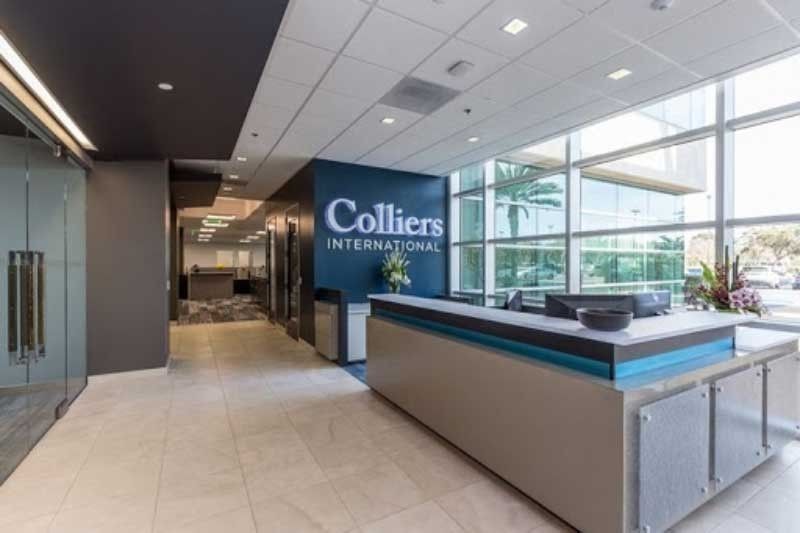Metro Manila office vacancy to rise to 12.5% this year

MANILA, Philippines — Metro Manila office vacancy is expected to increase to 12.5 percent this year, the highest since 2003, as Philippine offshore gaming operations (POGO) vacate offices and outsourcing firms streamline office space requirements, real estate services firm Colliers International Philippines said.
In its quarterly research for the office sector released yesterday, Colliers said it expects new office space of about 886,200 square meters (sqm) in Metro Manila and projected net take-up of 354,500 sqm to result in a vacancy of 12.5 percent this year, up from 9.1 percent last year.
“Our projected vacancy in 2021 is likely to be the highest since the 13.8 percent recorded in 2003,” Colliers said.
The projection is based on the move of POGOs to leave offices.
Colliers said no POGO transactions were recorded for the third consecutive quarter in the fourth quarter.
While the Supreme Court ruling imposing a temporary restraining order on the five percent franchise tax on gross gaming revenues from POGOs may make these firms reconsider moving out of the country, Colliers said the lack of Chinese manpower due to travel restrictions would still be an issue.
Apart from POGOs vacating office spaces, Colliers said demand is also affected by the move of outsourcing firms to rationalize office space requirements.
Doms Andaya, director for office services tenant representation at Colliers, said in a briefing many occupiers are currently on 60 to 80 percent work-from-home arrangements, with minimal impact on productivity.
“They are in the midst of studying prototyping doing work from home at 20 to 50 percent permanently moving forward even post-COVID-19. That is the same magnitude to impact office leasing,” he said.
Despite this, he said Colliers sees positive developments that would enable office leasing to bounce back such as the availability of COVID-19 vaccines, the passage of the proposed Corporate Recovery and Tax Incentives for Enterprises bill which will reduce the corporate income tax rate and introduce changes to the incentives system, easing of travel restrictions, recovery of other economies, sustained growth of business process outsourcing (BPO) subsegments and the recovery of the POGOs, with the possible nullification of the tax levied on the industry.
Colliers expects firms providing essential goods and services to drive office space absorption this year.
“We expect BPOs catering to essential sectors like telco, banking and finance, healthcare and game development to continue growing,” Andaya said.
With a glut in supply in the office market, he said Colliers expects rents, which dropped by an average of 17 percent last year, to continue to decline by 15 percent this year.
Given the challenging market, Colliers recommends that landlords offer alternative leasing models to tenants, to be flexible in request for concessions, and to adjust construction pipelines to avoid further decline in rents.
In terms of the residential sector, Colliers sees the vacancy rate rising to 16.9 percent this year, up from its forecast of 13.5 percent given new completions with an expected delivery of 10,600 units, higher than the 3,370 units in 2020.
“We expect vacancy rates to recede starting in second half 2022, given our projected rebound in office leasing and take-up from investors and end-users,” Colliers said.
Colliers said demand in the residential sector is expected to be driven by mid-income to luxury projects.
To take advantage of opportunities, Colliers recommends that developers look at fringe areas for new projects and monitor attractive locations and price segments for pre-selling residential developments.
As for the industrial segment, Colliers expects a more active take-up this year and next year with demand from the manufacturing sector particularly those engaged in the production of essential goods such as food, beverage and pharmaceuticals.
There is also growing demand for logistics and warehousing from the continued rise in e-commerce.
“The growth of the e-commerce sector has compelled retailers to firm up partnerships with logistics firms and warehouse developers. We expect developers to maximize opportunities by exploring flexible warehousing, converting vacant mall spaces into microwarehouses, and constructing more cold storage facilities,” Colliers said.
- Latest
- Trending





























